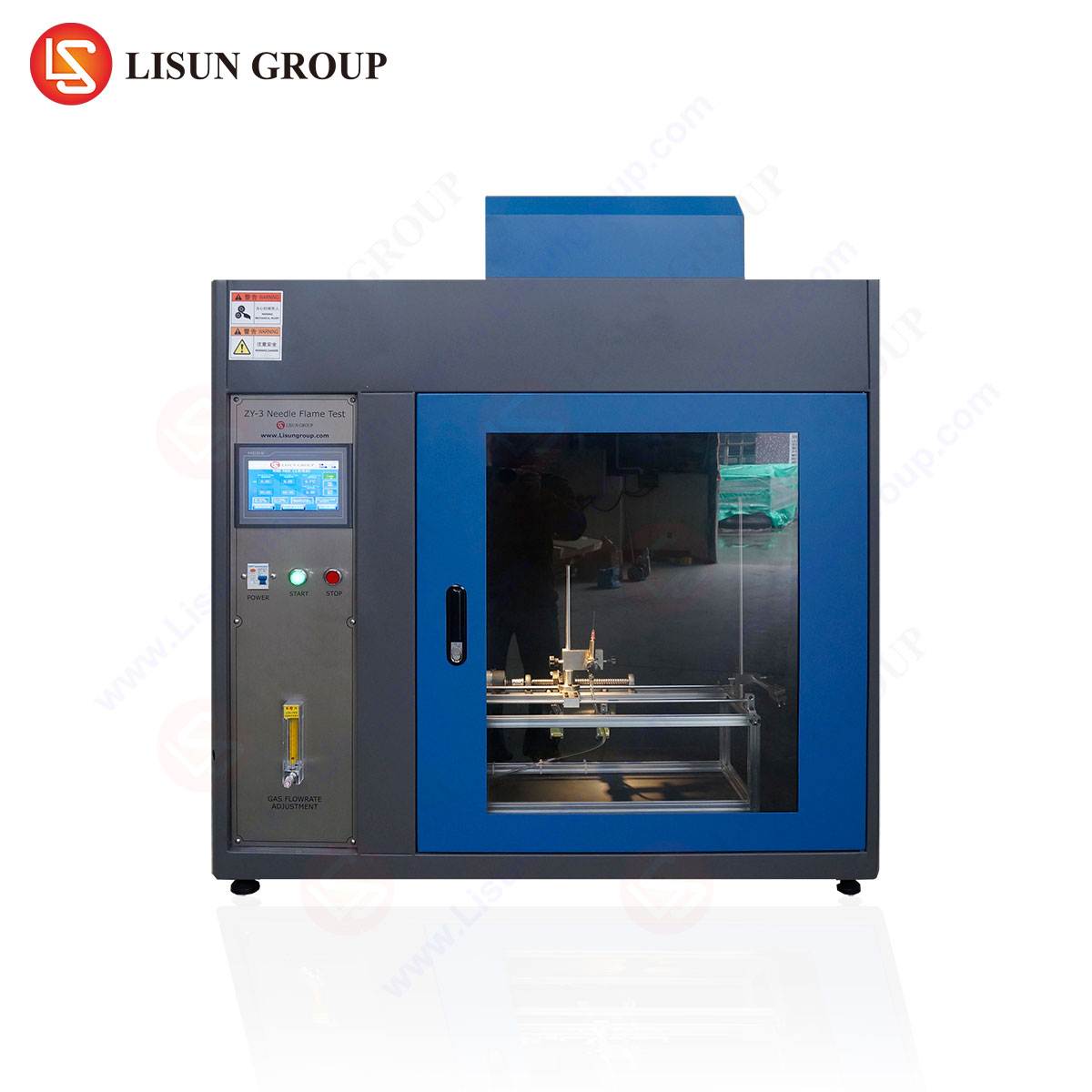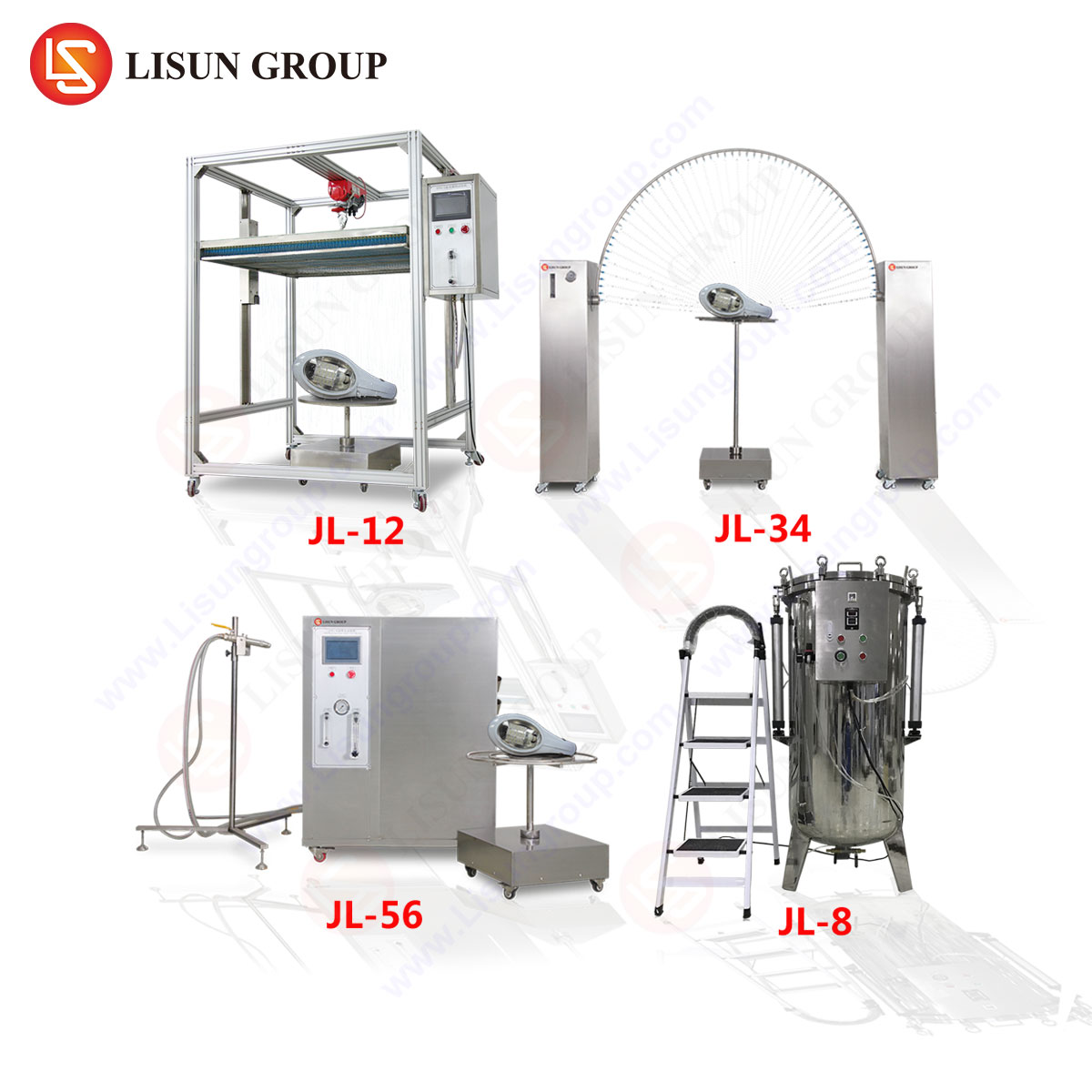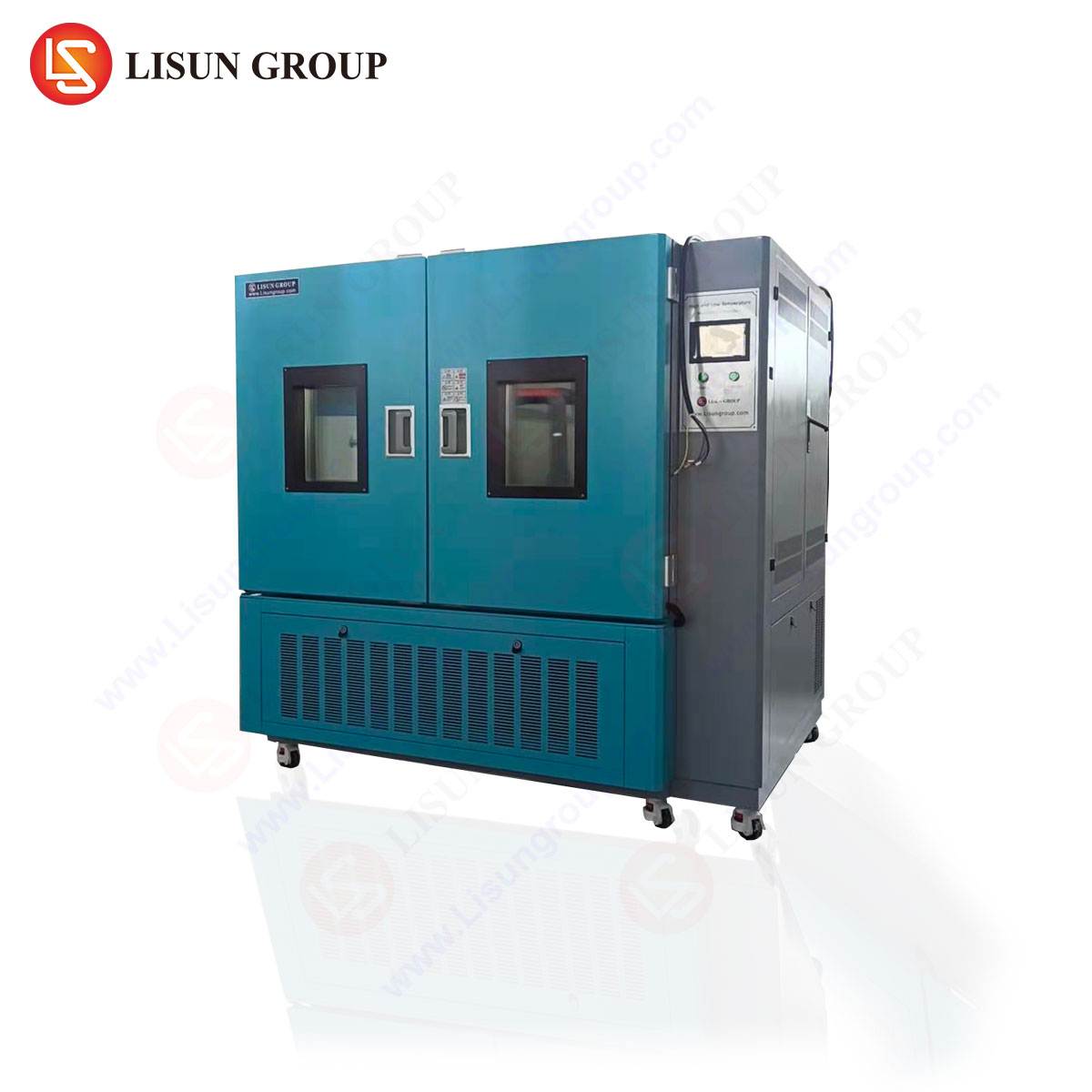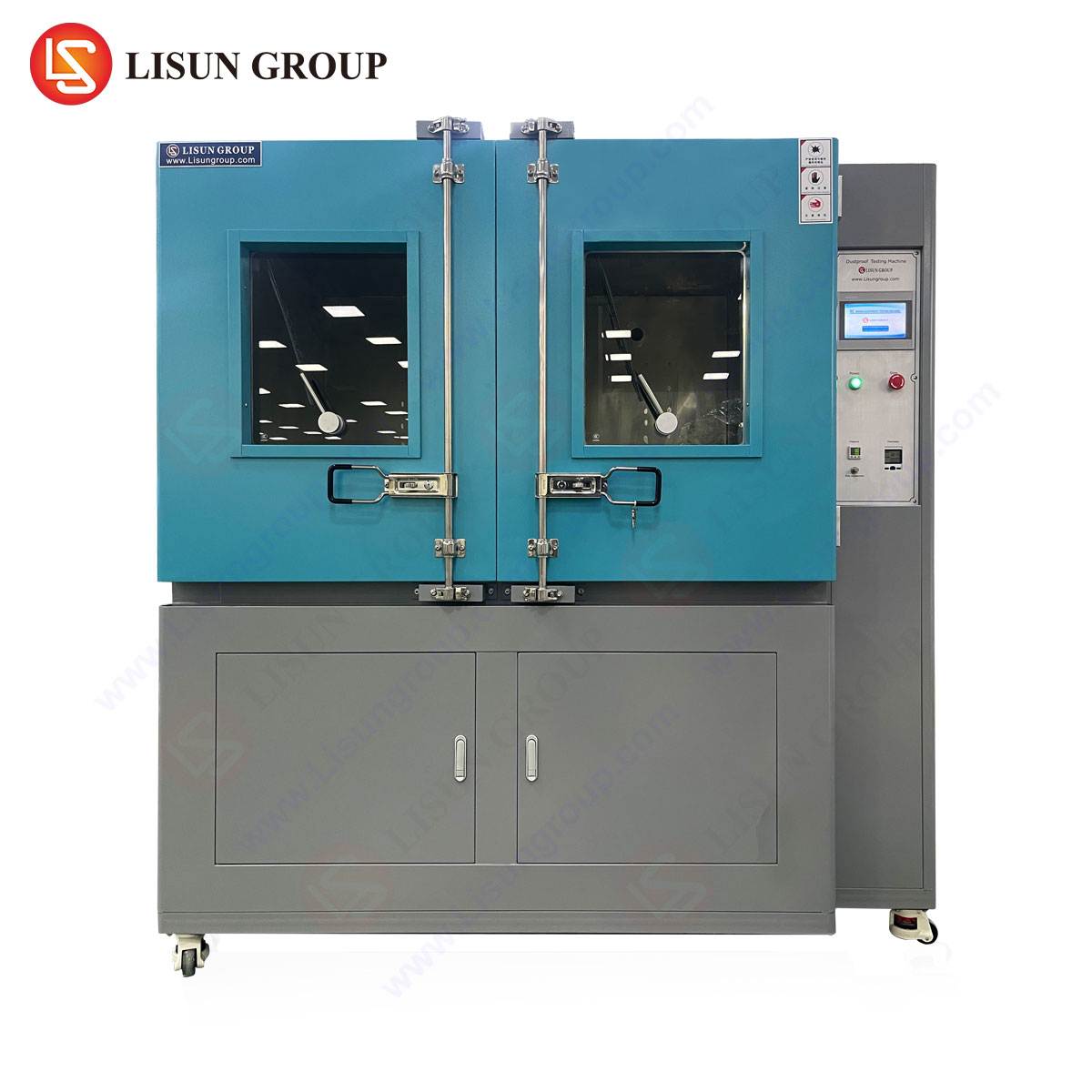An Examination of the IEC 61032 Test Probe 12: Design, Verification, and Cross-Industry Application
The relentless pursuit of product safety and reliability within the global electrical and electronics manufacturing sector necessitates a rigorous framework of standardized verification procedures. Among the most critical of these procedures is the assessment of a product’s ability to resist the intrusion of foreign objects, a fundamental requirement for preventing electric shock, short circuits, and other hazardous conditions. The international standard IEC 61032, “Protection of persons and equipment by enclosures – Probes for verification,” serves as the definitive document specifying the exact geometry, dimensions, and application of test probes used to verify the degree of protection provided by enclosures, as codified in the IP (Ingress Protection) code system of IEC 60529. Within this suite of standardized probes, the Long Test Pin, designated as Test Probe 12, occupies a specialized and vital role in evaluating access to hazardous live parts through small openings in equipment enclosures.
Defining the Geometrical and Material Specifications of Probe 12
IEC 61032 Test Probe 12 is engineered with precise dimensional tolerances to simulate a long, rigid, pointed object such as a straightened paperclip, a length of wire, or a similar item that could be readily available to a user. The probe consists of a cylindrical handle from which a long, slender pin extends. The critical dimensions, as per the standard, are unequivocally defined. The pin itself must have a diameter of φ1.0 mm ± 0.05 mm. Its length is specified as 100 mm ± 1 mm from the face of the handle. The tip of the pin is to be hemispherical with a radius of 0.5 mm ± 0.05 mm.
The construction materials are not arbitrary; they are selected to ensure the probe possesses the necessary mechanical properties to perform its verification function without deformation. The pin must be made of hardened steel, providing sufficient rigidity to prevent bending during application of the specified force. The handle component is typically fabricated from an insulating material to protect the test operator. To ensure consistent and repeatable testing globally, these geometrical and material specifications are non-negotiable. Manufacturers of certified test equipment, such as the LISUN LP Test Pin 12, adhere to these parameters with extreme precision, often providing calibration certificates traceable to national metrology institutes to affirm compliance.
The Mechanical Principles of Application and Force Exertion
The application of Test Probe 12 is a procedure governed by strict mechanical principles outlined in IEC 61032 and IEC 60529. Its purpose is not to vandalize the equipment but to verify that under a defined mechanical force, the probe cannot contact hazardous live parts. The standard prescribes that the probe be pushed against or into any opening in the enclosure with a force of 1 N ± 0.1 N. For heavier probes, the force may be increased to 10 N ± 1 N to ensure the probe is applied in every possible orientation, but this does not apply to the relatively light Test Probe 12.
During testing, the probe is manipulated into various angles and positions to attempt access through vents, gaps between panels, joints, and openings around actuators and connectors. The test is deemed unsuccessful—and the equipment fails to meet the required protection level—if the probe enters the enclosure and makes contact with a live part or a hazardous moving part (e.g., a fan blade). Furthermore, for IP2X protection (which Probe 12 helps to verify for finger-safe access to hazardous parts), the probe must not penetrate fully into the enclosure. The test is often conducted with an “indicator” such as a low-voltage circuit (e.g., 40V to 50V) between the probe and live parts; contact is signified by the illumination of a signal lamp or an audible alert.
Critical Role in Validating IP Code Compliance and User Safety
The IP code, defined by IEC 60529, is a universally recognized classification system denoting the levels of protection against solid object ingress (first numeral) and liquid ingress (second numeral). Test Probe 12 is explicitly referenced for the verification of the first numeral of the IP code. Specifically, it is used to prove compliance with:
- IP2X: This designation indicates protection against access to hazardous parts with a finger. Crucially, it also requires protection against solid objects greater than 12.5 mm in diameter. Probe 12, with its 1 mm diameter, is a more stringent test. A pass means that not only are fingers and larger objects kept out, but even this slender probe cannot contact dangerous components, providing a higher degree of safety than the code minimally requires.
- IP3X: This level denotes protection against tools and objects greater than 2.5 mm. Since Probe 12 is 1.0 mm, it is not the specified probe for verifying this level (that would be Probe 13). However, it is frequently used in internal quality control and design validation to ensure a safety factor beyond the minimum regulatory requirement. If an enclosure can prevent the ingress of a 1 mm probe, it inherently and comfortably meets the 2.5 mm requirement for IP3X.
Therefore, the application of the Long Test Pin is a de facto benchmark for proving that an enclosure provides a “finger-safe” environment and offers robust protection against the intrusion of small, rigid objects.
Cross-Industry Deployment for Hazard Mitigation
The utility of IEC 61032 Test Probe 12 spans a vast spectrum of industries where electrical safety is paramount. Its application is integral to the design validation, type testing, and quality assurance processes of countless products.
- Electrical Components and Industrial Control Systems: Terminal blocks, circuit breaker housings, control panel enclosures, and contactor housings must all be designed to prevent the accidental insertion of a wire or tool into live terminals. The LISUN Test Pin is routinely used to verify that ventilation slots and gaps around wiring glands are safe.
- Household Appliances and Consumer Electronics: From power supplies and chargers to kitchen mixers and gaming consoles, any product with an accessible opening must be tested. Openings for cooling in power adapters are a common test point to ensure a child cannot insert a object into high-voltage regions.
- Automotive Electronics and Aerospace Components: The harsh environments in these sectors demand robust protection. Electronic control units (ECUs), battery management systems, and in-flight entertainment systems are tested with Probe 12 to ensure reliability and safety against short circuits caused by foreign metal objects, especially in vibration-prone environments where screws or other small parts may come loose.
- Lighting Fixtures and Telecommunications Equipment: Outdoor and industrial light fixtures, as well as network switches and routers, feature extensive venting for thermal management. Probe 12 verification ensures that these vents do not become a pathway to electrocution.
- Medical Devices and Toys: These sectors are governed by exceptionally strict safety standards. For medical equipment, a failure could be catastrophic. For toys, it is essential to prevent curious children from accessing battery compartments or internal circuits with objects they might find. Probe 12 testing is a mandatory part of the compliance process for standards like IEC 60601-1 (medical) and IEC 62115 (toys).
The Engineering and Commercial Rationale for Certified Test Equipment
While the standard defines the probe, the practical application demands a reliable, certified, and durable physical instrument. This is where products like the LISUN LP Test Pin 12 become indispensable tools in the engineer’s and quality auditor’s toolkit. The competitive advantages of utilizing a professionally manufactured probe are significant.
Firstly, metrological certainty is paramount. A generic, non-calibrated pin may have an incorrect diameter or tip radius, leading to false passes or failures. LISUN and other reputable manufacturers provide documentation guaranteeing the probe’s dimensions are within the IEC 61032 tolerance band, ensuring tests are valid and legally defensible. Secondly, material integrity is crucial. The use of properly hardened steel prevents the pin from bending or wearing down over repeated uses, which would alter its effective diameter and compromise future test results. Finally, ergonomic design of the handle allows for the precise application of the required 1N force and enables the operator to manipulate the probe into complex angles and positions as mandated by the testing standard.
Investing in certified test equipment is not an expense but a risk mitigation strategy. It ensures that a product released to the market has been validated against the correct and most stringent criteria, thereby reducing the risk of costly recalls, liability claims, and damage to brand reputation resulting from a safety incident.
Conclusion
The IEC 61032 Test Probe 12, or Long Test Pin, is far more than a simple piece of wire. It is a precision instrument embodying a critical safety concept. Its standardized geometry and defined application procedure provide a universally accepted, repeatable, and scientifically objective method for assessing one of the most fundamental aspects of product safety: resistance to the intrusion of solid objects. From the household outlet to the avionics bay, its application ensures that manufacturers meet their duty of care, designing products that are inherently safe under foreseeable conditions of use and misuse. As technology continues to miniaturize and penetrate deeper into everyday life, the role of rigorous verification through tools like the Test Probe 12 will only grow in importance, remaining a cornerstone of electrical safety engineering.
Frequently Asked Questions (FAQ)
Q1: Can the IEC 61032 Test Probe 12 be used to verify IP4X protection against small wires?
No, it cannot. IP4X protection, which guards against objects 1.0 mm and larger, is verified using a different probe specified in IEC 61032: Test Probe 13. This probe has a diameter of 1.0 mm but a different tip geometry and is applied with a higher force (1 N or 10 N). While both probes have a 1 mm shaft, they are designed to test for different types of ingress and are not interchangeable for compliance testing.
Q2: How often should a physical test probe like the LISUN Test Pin be calibrated or replaced?
The calibration interval depends on usage frequency and the quality control environment. For high-volume testing labs, an annual calibration is recommended to ensure dimensional integrity remains within the strict IEC 61032 tolerances. The probe should be inspected before each use for signs of damage, such as a bent shaft, a damaged tip, or visible wear. Any probe showing such damage must be removed from service immediately and replaced or re-calibrated.
Q3: What is the consequence if a product fails the Test Probe 12 verification?
A failure indicates a non-compliance with safety standards such as IEC 60529. The product cannot be certified or sold in its current state. The design must be modified, typically by adding internal barriers, reducing the size of external openings, or improving the alignment of joints and panels. The modified product must then be re-tested until it passes, ensuring the hazard has been effectively mitigated.
Q4: Is the 1N force applied with the probe measured or estimated by the operator?
The standard requires that the force be applied accurately. While an experienced operator may develop a feel for this force, best practice and audit requirements dictate the use of a simple force gauge or a calibrated spring mechanism integrated into the probe’s handle. This provides objective evidence that the correct force was applied during testing, removing operator subjectivity from the process.
Q5: Beyond the IP code, are there other standards that mandate the use of Test Probe 12?
Yes, numerous product-specific safety standards directly reference IEC 61032 and its probes. Key examples include IEC 60335-1 (household appliances), IEC 60601-1 (medical electrical equipment), IEC 60950-1 / IEC 62368-1 (IT and audio/video equipment), and IEC 61010-1 (laboratory equipment). These standards use the probe to verify requirements for protection against access to hazardous parts, which is a foundational safety requirement across all these domains.







